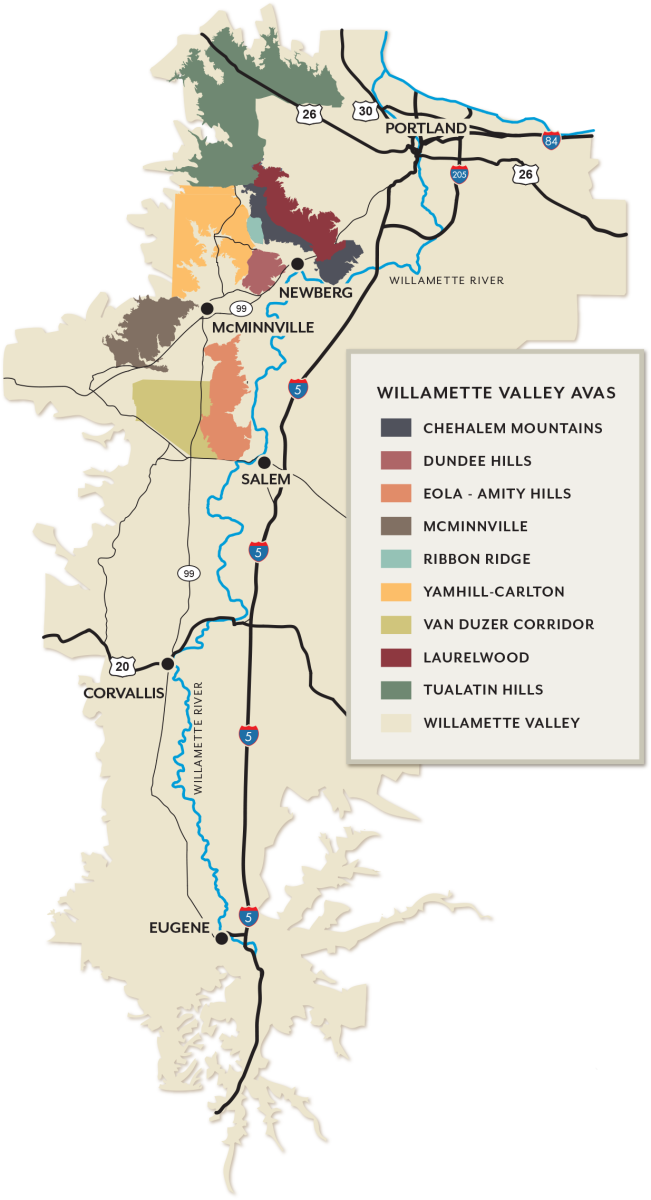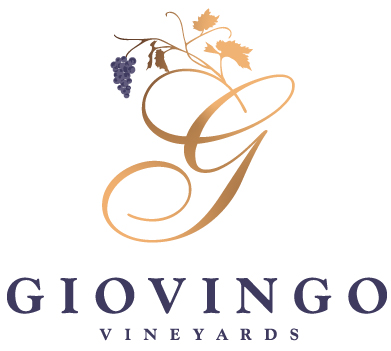About Our Vineyard
Giovingo Vineyards is located just outside Carlton, Oregon on Old McMinnville Highway. Our vineyard is located on one acre at the front of our property so my work commute is very manageable. The vineyard is slightly east-facing, composed of Willamette Valley soil. We are within the Willamette Valley American Viticulture Area (AVA).
I didn’t realize at the time of purchase what a benefit the vineyard site is. A slightly east-facing slope makes the vineyard a bit of a cooler site. The sun’s rays don’t enter the site at a perfect 90-degree angle as expected on south-facing hillsides. This enables the vines to work a little slower during each growing season which gives them time to slowly build the quality components for our wine by allowing the vines to take advantage of the benefits of the entire growing season. We typically harvest at the beginning to mid-October which gives the grapes time to accumulate additional ripeness and sugar consolidation.
Learning Vineyard Management
The vineyard was planted in 1998 by the previous owner, and was 3 years old at the time we purchased the property. I really didn’t know how to care for the vineyard, so soon after moving in, I enrolled in classes at Chemeketa Community College in the Viticulture and Enology program, in Salem, Oregon, to learn the skills I needed to begin taking the vineyard to the next level of quality and consistency. Chemeketa Community College has an outstanding program that is geared specifically towards the Pinot Noir industry here in Oregon. Many of the teachers are professionals in the winery business and own their own wineries. I couldn’t have received a better education in vineyard operations, viticulture practices, vine physiology, wine chemistry and wine sales.
Our Vineyard Practices
In our vineyard, we:
- Exploit the vines closeness to increase competition for nutrients which drives the vines to produce higher quality fruit.
- Utilize between-row vegetation to use up more ground water thereby stressing the vines more which will produce better tastes and complexities in the fruit.
- Do most of the vineyard work ourselves to ensure quality practices are maintained in the vineyard.
- Remove excessive shoots during initial growth each year, to enable the vine to send its resources to fewer clusters. This keeps the number of shoots lower so there will be fewer grape clusters for the vine to support.
- Remove leaves to increase sunlight exposure to the grape clusters which drives up complexities in taste.
- Drop fruit to direct more of the vines energy and resources towards the remaining clusters thereby increasing ripening and tastes.
- Harvest our fruit in the morning hours to enable the fruit to remain cool and keep wild yeasts in the vineyard from beginning an unwanted fermentation.


